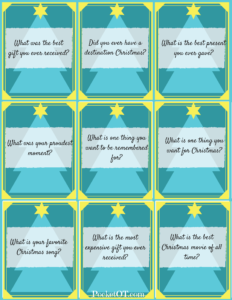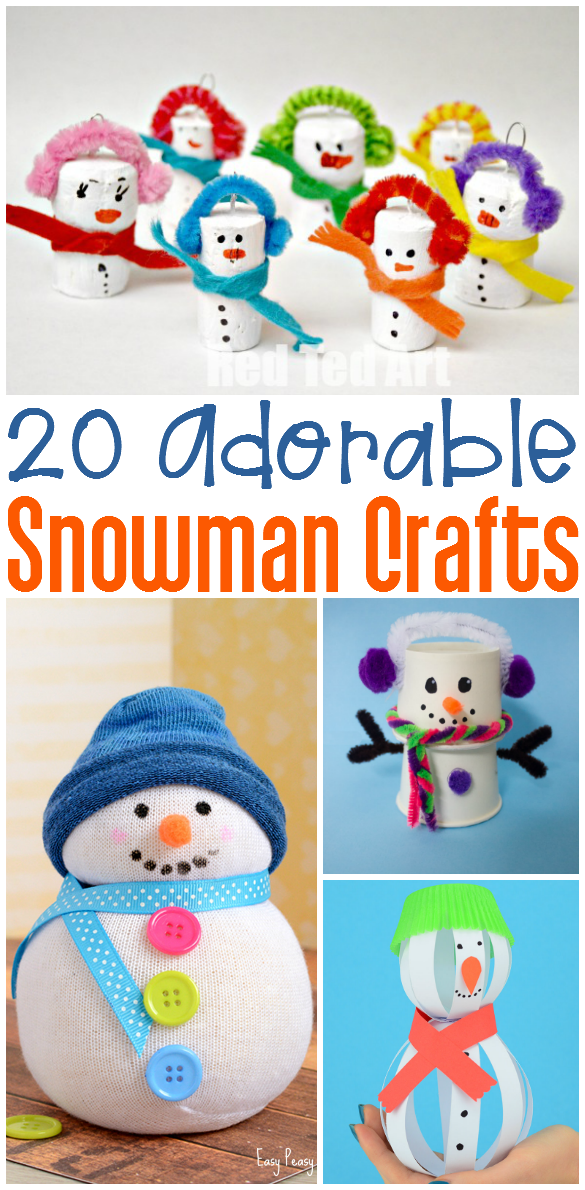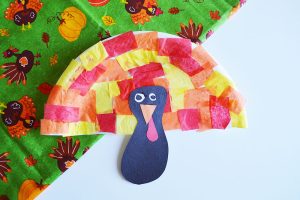Welcome to Part 2 of our Holiday Tips for Kids series!
Today’s post will cover FAMILY PHOTOGRAPHS and SANTA/TRADITIONS!!
Family Photographs
1) Go at a time of day when children are well-rested and not hungry. Do not rush and arrive early. Even though you may not realize it, children pick up on your energy and mood. Try to remain calm and relaxed about the photo shoot. Some of the best pictures are candid and taken at unexpected times.
2) Write a letter or speak to the photographer ahead of time. Most studios will schedule extra time for children who have special needs. Request a photographer who is patient. If possible, schedule a photographer to visit your family outside of the studio. We have found that this may be a more affordable option than a studio because of low-overhead costs.

3) Use social stories and real-life pictures about what the child will encounter during the photography process. Practice often. Explain that the bright lights/flashes are OK and will not hurt children. Photography props are often wonderful distractions for kids.
4) Permit a child to have a transition or “safe” item. In every one of my family’s holiday pictures, there’s an item that doesn’t quite belong, such as a train car or Minecraft figurine. Remember that the memories of family being together should be more important than the “perfect” picture.

Have you downloaded our FREEBIE? Holiday conversation starters! Get yours by clicking HERE or on the picture above……..
5) Be flexible. Consider that “fancy” clothes are often scratchy, have tags, and may contain textures that aren’t familiar to children. Permit the child to wear comfortable versions of colors that you’d like the family portrait to have. For example, last year we used blue and white colors. My younger son will only wear soft sweatpants so we permitted him to wear blue sweats. We all matched, and no one was the wiser!
Visits with Santa and Holiday Traditions
1) Make a plan of all the things your family wants to accomplish during the holidays. Allow your child to participate and explain that while there are things everyone must do, other things can be flexible. For example, choose a visit to see the local holiday light show or the light-up night at the shopping plaza. Post the schedule in a central location and review it daily.
2) As my children grew, I had high expectations that the traditions we had in our family would continue. This was not the case. Instead of feeling let down, we decided to begin fresh. Every year, I permit my boys to choose the types of lights on our tree, colored or white. They love being given the choice. We permit them to help decorate the tree and do not move the items which are clustered together or imperfectly perfect!
3) No holiday is complete without a visit with Santa Claus….not true for all kids. My older son never enjoyed or felt comfortable looking at someone in a costume. It seemed as though he always knew that Santa was a “helper” and not the real deal. To make the memory of Santa special, we take children who are younger, such as cousins or neighbors, to see Santa and my son enjoys seeing their excitement!

4) If children do agree to see Santa, create a social story with pictures of Santa, including his beard, velvet/soft red suit, and the setting in which Santa will be located. Go to the location prior to the visit and watch other children. Practice, practice, practice!
Keeping calm and taking a few deep breaths goes a long way. Remember how important it is to relax to avoid getting too run-down or sick during this busy time of year.






